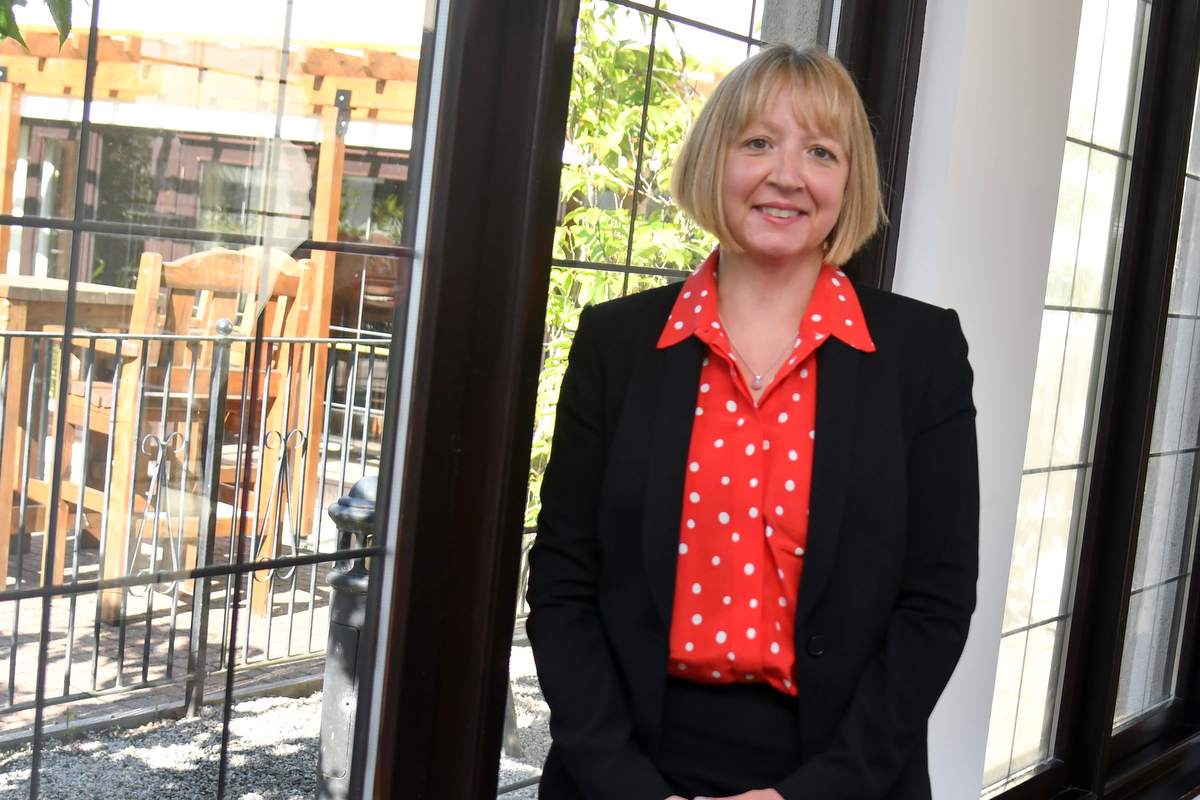
The National Retraining Scheme is being designed to help adults retrain into better jobs, and be prepared for future changes to the economy.
'Get Help to Retrain', the first part of the scheme, is now being tested in six areas across England. This helps people to:
- understand their current skills and the jobs they could do
- go through the necessary steps to get there
- get relevant training
This scheme is ambitious and complex. It's trying to encourage people to change their behaviour by starting something new, which is always hard. And it’s run by several teams, working across different sites, on different parts of an end-to-end service.
We need to design and and run it in an iterative way using a test-and-learn approach as we listen to the people who will use it. In this post, I'll explain how we solve some of the complexity by using the ‘theory of change’.
The 'theory of change’ is a well established method and similar to benefits mapping. It helps people who are designing policy and services to assess what impact they may have, based on the available evidence. It is often used to assess different ideas before implementing them.
We're using the 'theory of change' to look closely at specific parts of the service that we want to test and to update if necessary. For our team of policy and digital specialists, who work together across multiple products, we think the theory of change makes it much easier for us to fully understand if what we're doing is working.
Helping people respond to the changing world of work
Changes to the economy, including advances in digital and automation, mean people's work lives have and will continue to change significantly.
For example, supermarkets don’t need as many cashiers to serve on tills, and banks don’t need as many people to serve customers over the counter.
This means people may need to re-skill multiple times in their lives as jobs change and are replaced by new or different opportunities.
Understanding the people using our services
Many people in lower-skilled jobs are likely to be both particularly affected by the changing jobs market and less able to navigate it without some support. This is who our service aims to help.
Retraining is a low priority
The people our services are designed for may have complicated lives and they may have had a poor experience of the education system.
They may have caring responsibilities, have multiple jobs, financial constraints and personal health needs. Anything that adds more uncertainty or complication is unwelcome.
This means fitting in training outside of work is challenging - both wanting to do it, and being able to do it.
Using the ‘theory of change’ to shape our design
The ‘theory of change’ approach to solving complexity in product management is well-established in the charity sector, and is now being used more in government.
Here’s an example of how we apply the elements of the theory of change to our work.
Helping people to talk about their skills
The ‘Get Help to Retrain’ tool helps people articulate what skills they have. Many of the mid and higher skilled jobs we want people to apply for ask for applicants to send in a CV.
We’ve found that for many of our users, their previous employment may have come through informal channels and social connections. This means they may not have had much practice articulating their skills. So we took this particular problem and we made a tool that asks people about their previous jobs and gives a list of skills typically associated with those roles. People can then choose the skills they have and then use this information to prepare a CV.
We think that this will lead to a competitive application for a better job, which in turn can help increase earnings. Having gone through this process once, we hope the service will help people to be more resilient to a changing job market in the longer term - ultimately helping to achieve the aims of the National Retraining Scheme.
Refining separate parts of a service to improve the whole service
We don't yet know if each of the parts of the service we're developing will help people move into better jobs. This is why we need to research each part to see how effective it is with users.
For example, we learnt that most people are not willing to do long-term training outside of work, so we're designing the service to offer short-term training, which makes people more competitive for their target job.
The 'theory of change' approach is a useful planning tool and feedback mechanism. It means multidisciplinary teams including policy experts and user researchers can continuously refine and check if several products are working well together to achieve the longer term impact.
Behaviour change is also for the employer
Employers want people who are ready to do the job straight away, and employees want a job but not one they need to train for first.
To change how both employees and employers behave, the theory of change can help us to think what we can do to help shift how employers think and behave when they need more staff. We're speaking to employers across the country and we're already feeding back things we’ve learnt to our product teams.
Other benefits
Using theory of change to structure our work has given us a clear way of articulating and sharing a complex problem that's being worked on by multiple teams across multiple sites.
It’s also helped create a safe space where we can have challenging conversations about our assumptions. Most importantly, we hope it will help create genuine behaviour change.
If you would like to find out more, or discuss using a theory of change approach, we would love to hear from you. Please comment below.









